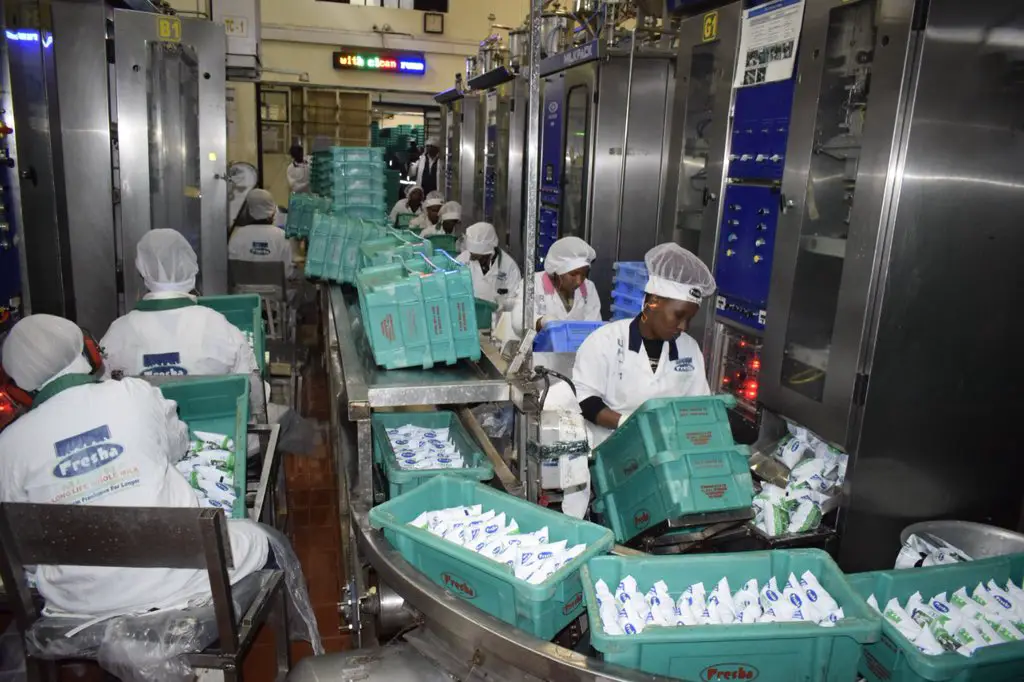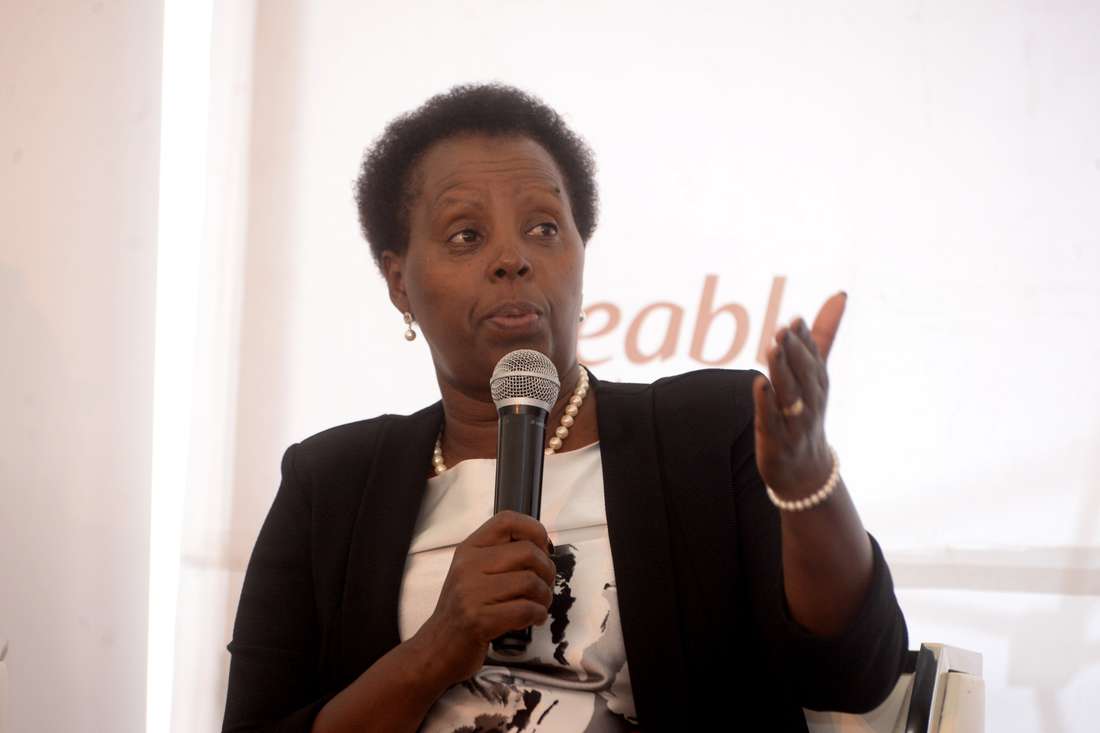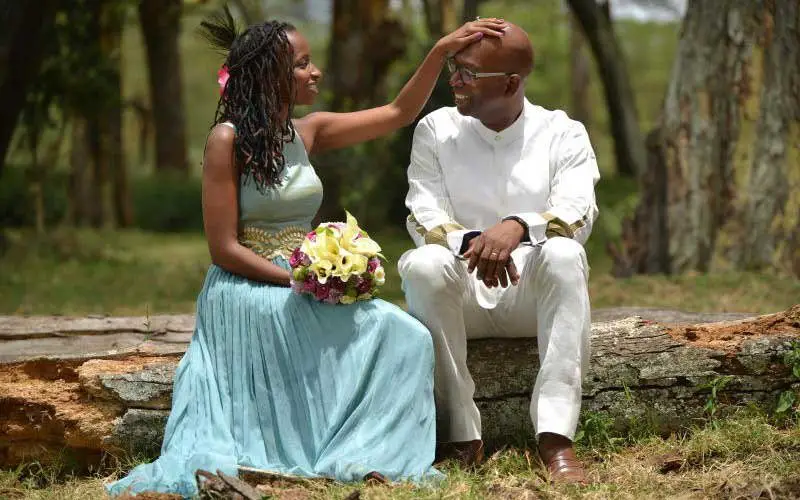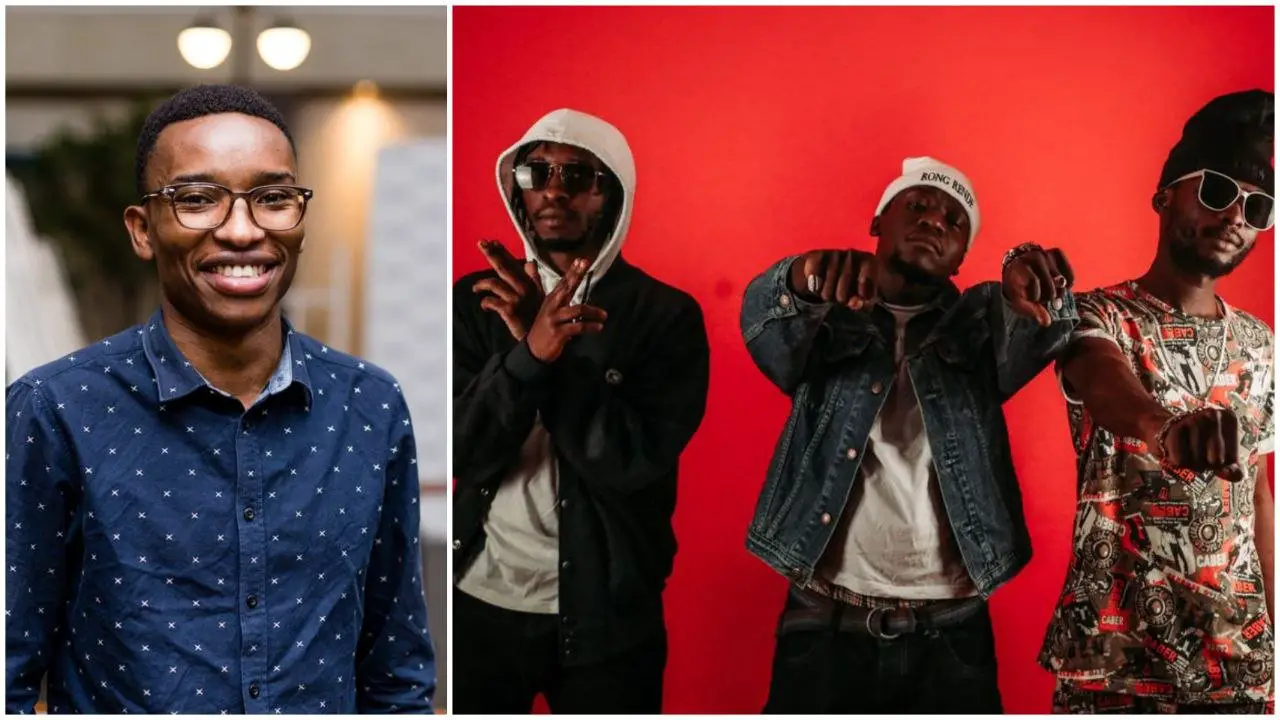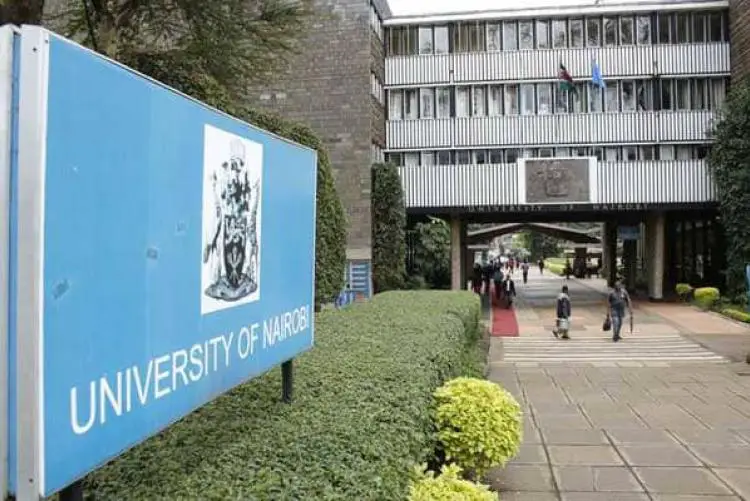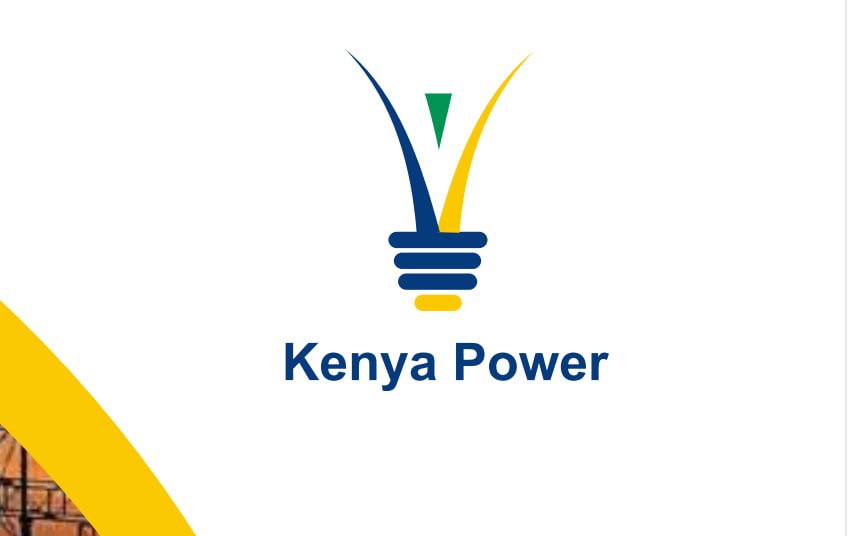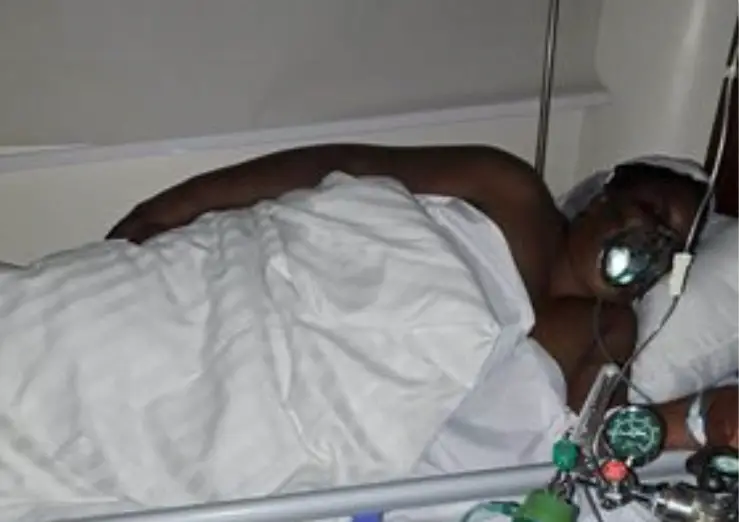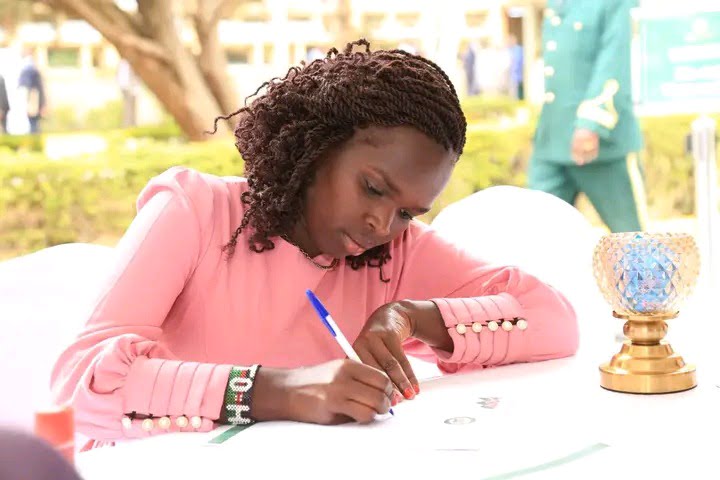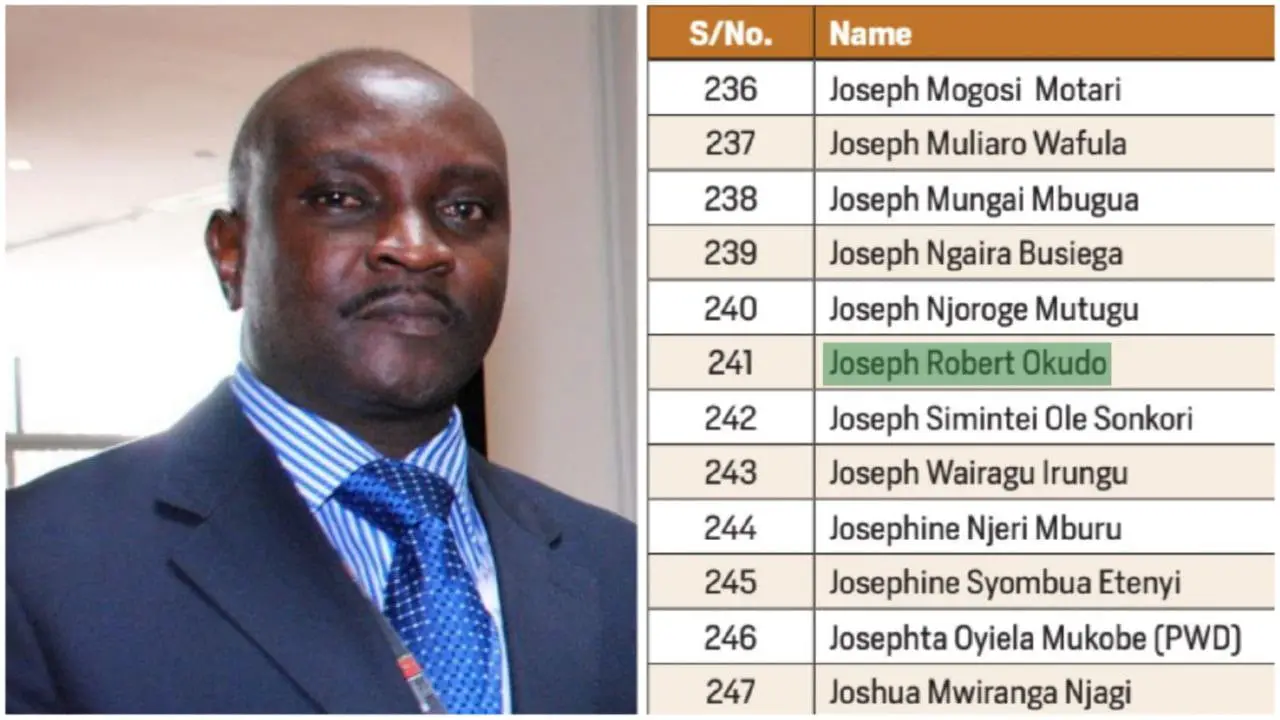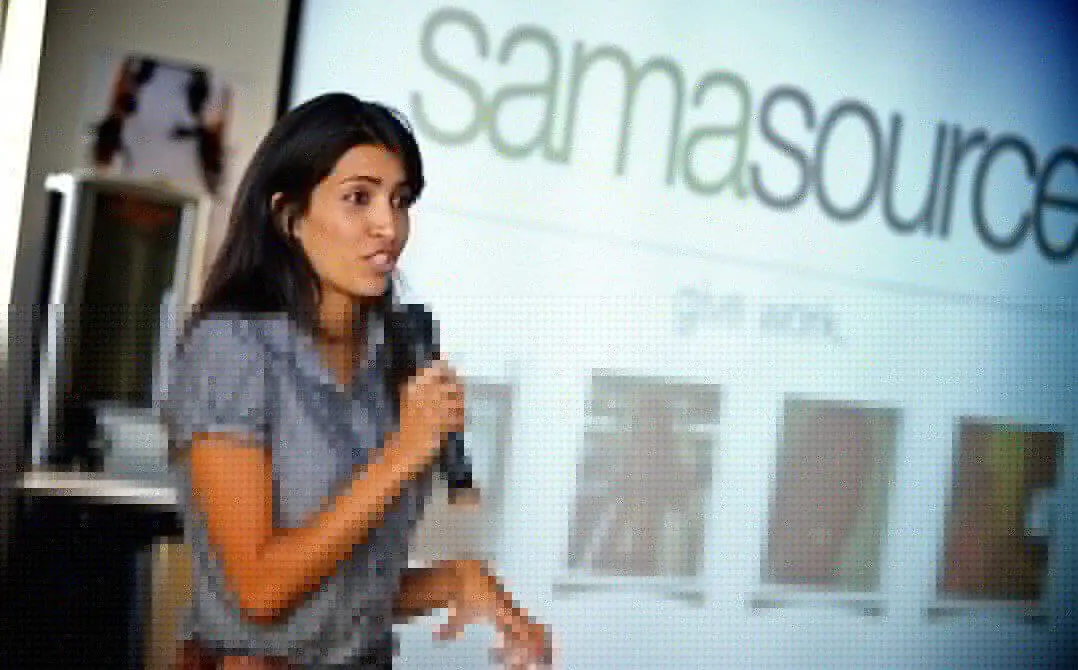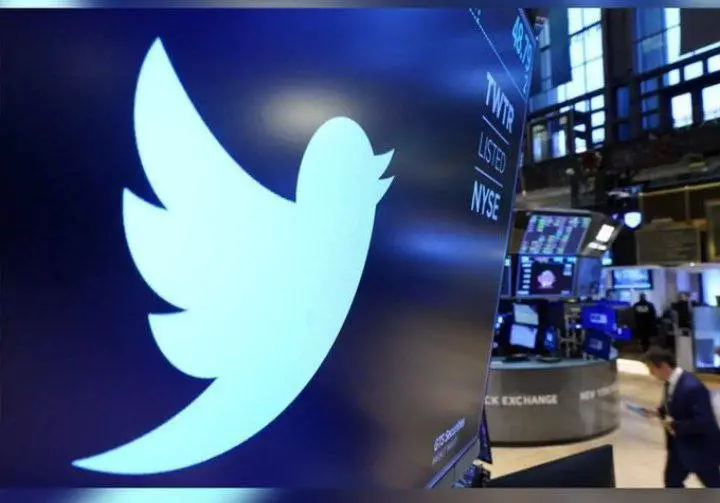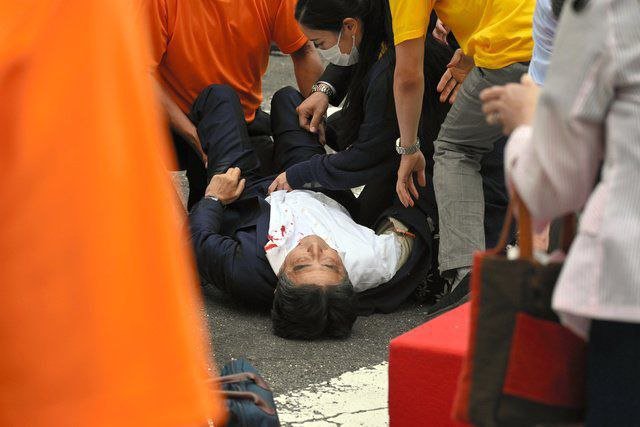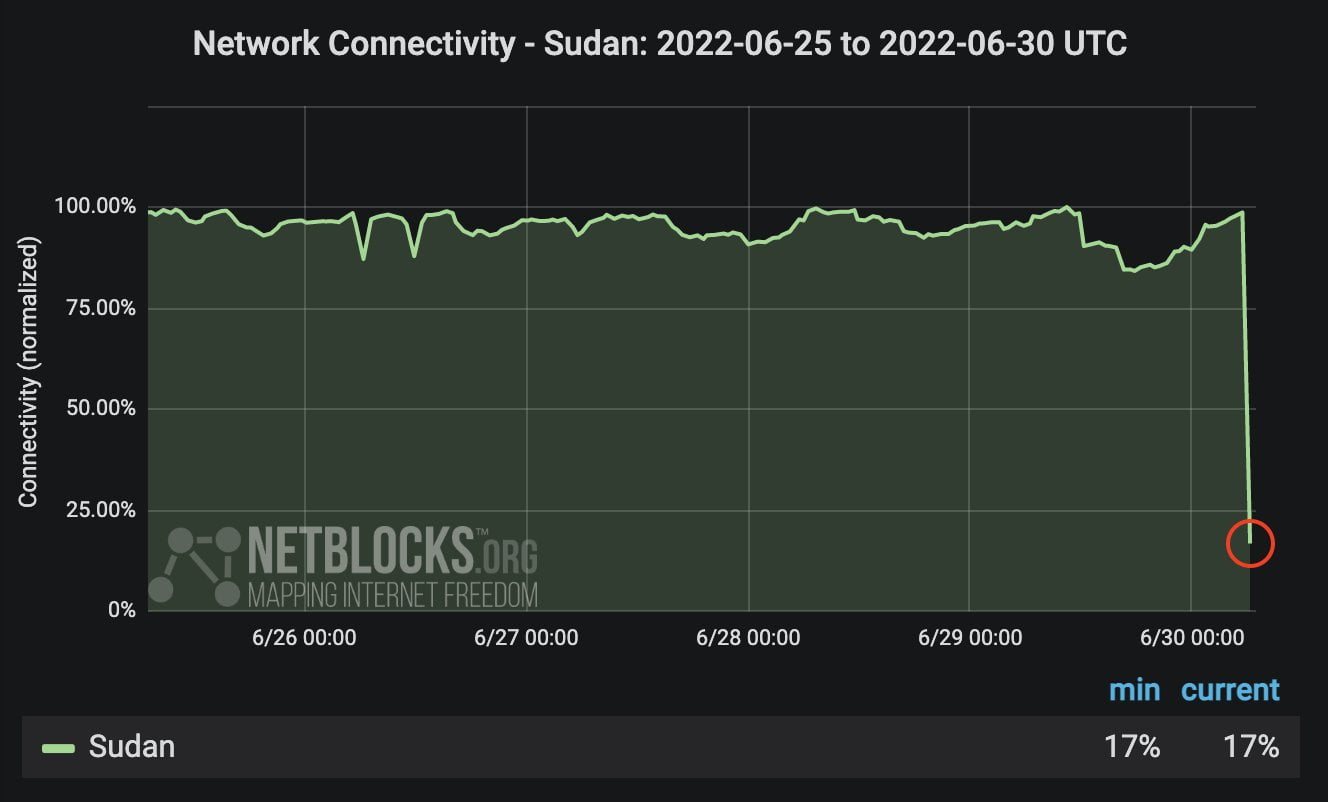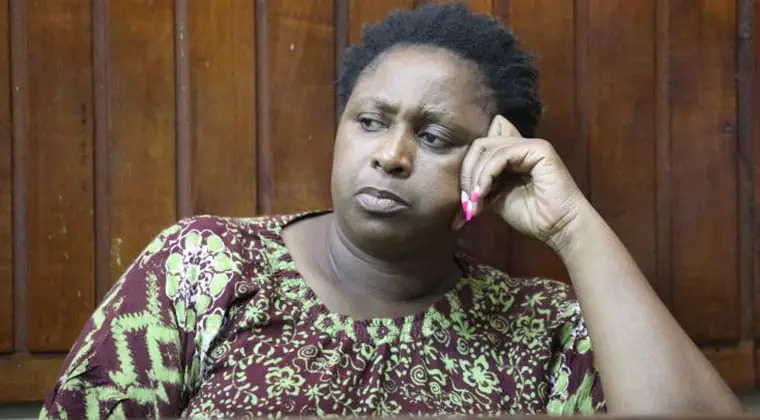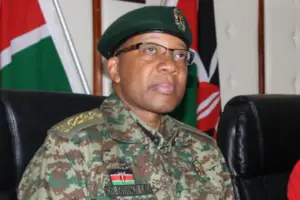The tongue-lashing opposition leaders received from United States president Barack Obama during his recent visit to the country is a pointer that Uhuru Kenyatta has turned the tables against Cord leader Raila Odinga to become the darling of the Americans in the Great Lakes Region.
While addressing the civil society at Kenyatta University, Obama openly criticised an opposition leader whom he did not mention, but whom he said had previously opposed US involvement in Kenya affairs.
The criticism was quickly interpreted as a show of no confidence in the opposition leaders who had intended to table a list of ills being committed or have been committed by the Uhuru administration to Obama.
The criticism was in total contrast to the 2013 general elections campaigns period when his administration’s top Africa diplomat, Johnnie Carson, warned pointedly that “choices have consequences”, a comment widely seen as a recommendation that voters back Raila.
But the US’s distrust for Raila dates back to Mwai Kibaki’s tenure, going by the Wikileaks reports.
In a cable released on February 28 2011, the US appeared to prefer Uhuru to become the next president of Kenya after Kibaki. The cable indicated that the then US Ambassador to Kenya, Michael Ranneberger wrote to his superiors in 2009 calling for Kenyatta’s support as “he would help in pushing the reform process forward”.
“Kenyatta may be encouraged to attempt a presidential run due to shifting political dynamics that make potential challengers seem weak. Interestingly, Kenyatta seems to appreciate the need to be seen as pro-reform, and we should encourage him to push for action on key reform issues,” the confidential cable by Ranneberger stated.
The envoy had no kind words for Raila, then prime minister, as he described him as “unable or unwilling to move forward the reform agenda.” He termed the Orange Democratic Movement as “directionless and less united than before”.
“Raila is increasingly perceived as feckless, unable or unwilling to govern effectively and move forward the reform agenda,” the cable revealed.
The envoy told his bosses in Washington that Kenyatta had revealed his intention to push for police reforms and remove the then Attorney General, Amos Wako and Police Commissioner, Gen Hussein Ali.
One year after the polls, Uhuru attended President Obama’s first US-Africa Leaders’ Summit. A few months later, he was back in the States, this time to deliver his first address to the United Nations General Assembly and on both occasions, he met President Obama.
It was then apparent that the closer Uhuru got to Obama, the more Raila became distrusted by his traditional boosters in the West, including in the British, German and some EU capitals and embassies.
One of Raila’s major blunders was the calling on the Americans to help Kenya remove its troops in Somalia. Addressing a visiting US delegation, Raila and co-principal, Kalonzo Musyoka suggested that other countries should move to Somalia to facilitate the withdrawal of Kenyan troops deployed to quell the Al Shabaab menace.
They explained that Kenya moved into Somalia to drive Al Shabaab from its borders and not to be in the country forever. The duo argued that the appalling attacks that were being witnessed in Kenya had a deep bearing on the country’s troops’ presence in Somalia.
In contrast, Uhuru has been steadfast that the Kenyan troops will stay in Somali until the country regains political stability. This is the line Americans prefer given their recent huge donation to the Kenya Defence Force of Sh9.5 billion to enhance the fight against Al-Shabaab. The money will be used to buy equipment, train soldiers and support the Kenya military in Somalia.
For Americans, the least they can expect from Kenya is the troops’ withdrawal from Somalia given the experience they had in the early 1990s when their soldiers invaded the country. In 1993 the US citizens saw photos taken by Canadian photographer Paul Watson, of a dead American soldier being dragged through the streets of Mogadishu. This spelt the beginning of the end for US-UN peacekeeping force in Somali.
Another blunder Raila made is the censuring of the US on its foreign policy towards Africa. While addressing delegates attending the Africa Growth and Opportunity Act forum in Nairobi in August, 2009, Raila told the US to stop lecturing Kenya on issues that deal with governance and transparency stating they were in bad taste.
“We don’t need lectures on how to govern ourselves… we only require lectures on how to trade not only with ourselves but with the rest of the world to enable us prosper,” the then PM said.
Further, the opposition leader has been vocal in criticising the killing of Islamic preachers with ties to terror groups. Some of the killings are believed to have been carried out by CIA in cohort with Kenyan intelligence.
Raila’s dalliance with the outlawed Mombasa Republican Council has also not gone down well with Americans who consider it as potential terror outfit. The MRC has been agitating for the succession of Coast Region from Kenya over numerous historical injustices. During the 2013 general election campaigns Raila while defending the group said it was speaking his language, that of liberation. The government was quick to state that it does not negotiate with outlawed criminal gangs.
Another secret memorandum of understanding Raila allegedly entered into with Muslims is believed to have also alarmed the Americans. According to WikiLeaks, the MoU dated August 29th, 2007 was signed by Raila and Sheikh Abdulahi Abdi, Chairman, Namlef. The witnesses to their signatures were Mohammed Farouk Adam, Said Athman Mtwana, and Najib Balala, currently the Minerals cabinet secretary.
Its authenticity was confirmed by a follow-up letter from the Kenya Muslims for Human Rights Forum addressed to Raila dated June 5 2008. The group reminded Raila of his commitment to Namlef regarding over 100 Kenyans who between January and February 2007 were illegally renditioned to among other places Somalia, Ethiopia and Guantanamo Bay where one Kenyan, Abdulmalik Mohammed, by the admission of US authorities, was still being held.
Though the former prime minister has been fighting hard to have corrupt individuals punished, he also has not explained how he amassed wealth to the tune of Sh18 billion. Raila’s big break came in 2001 after he led his party, NDP, into a merger with Kanu, the then ruling party.
As Energy minister in Moi’s government he was introduced to the family of Sheikh Abdukeder AlBakari, one of the richest families in Saudi Arabia with interests in petroleum drilling, petroleum exploration and export in the Middle East, Asia, USA and Africa. One of the things that helped him make a quick buck in the oil business was a concessionary petroleum deal he struck with the Al Bakri Group where he was not only incorporated as a silent partner in the local arm of Al Bakri International but was also supplied with petroleum products from Saudi Arabia at subsidised prices which his firm would sell in the market at normal prices.
As Energy minister he re-established links with the slain Libyan leader Muammar Gadaffi where he did good business.
The Odinga family business, Spectre International Ltd, acquired the then state-owned Kisumu Molasses Plant after Raila started cooperating with Moi, for a paltry Sh3 million.
For Uhuru, his biggest selling point has been the fact that his name has not featured in any graft list. His father, Jomo Kenyatta acquired huge tracts of land across the country while the family has vast interests in virtually all key sectors of the economy. But to their credit they have not featured in the mega scandals that have been the order of the day in both Moi and Kibaki governments.
Another factor endearing Uhuru to the Americans is his call for democratic governance in Africa. The Obama administration has been vocal in calling on longserving African heads of states to relinquish power. They include Paul Kagame of Rwanda, Yoweri Museveni, Robert Mugambe and Pierre Nkurunziza.
This was the call president Kenyatta indirectly made early this year while addressing a youth forum organised by Uganda’s leading media house, the Vision Group with the theme ‘Creating Opportunities for youth in East Africa.” He stated that he was ready to hand over power in 2017 if he was beaten in the presidential race.


